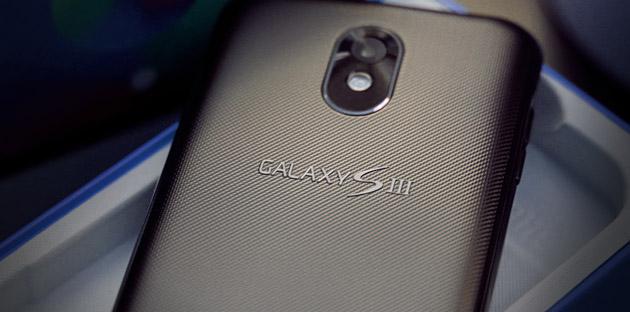

When is thin too thin? Other than when it comes to display technology, and the way that pretty much every company out there took such a focused effort with it, I never thought of the mobile world as such an extreme place. I can see how it could be construed as such, though, especially with the size of our phones. There's no denying that manufacturers think the majority want a giant phone, or some weird combination of a tablet and smartphone. But, as our phones get bigger, they are also getting thinner. And seriously, when is thin too thin?
In truth, it isn't just about how thin your phone or device is, either. It comes down to how the device was manufactured. Is it just a piece of flimsy plastic? Does it have any weight to it? How does it feel in your hand, when you're holding it and using it? All of these things come into play. But for me, having a phone that is too thin is more of a pain than anything else. And, when it comes to some thin devices out there, they feel more like a toy than anything else.
But, it is a thin line (no pun intended), and it all comes down to the manufacturer's decisions.
For example, the latest generation of the iPod Touch, which will probably be replaced soon, is a remarkably thin device. It measures in at only 7.2mm thin, and it's one of the most popular products out there. All of the greatness of an iPhone, but in a thinner package and not having to pay that phone bill, right? But, in my opinion, the iPod Touch feels like a toy, and not a high-end piece of gadgetry. Sure, it has the features, and it has that 3.5-inch touchscreen (which is small in today's standards), but it still feels like a toy to hold and use, and I'm always afraid I'll drop it. I'm not saying the iPod Touch is a bad device, but I think this is one area where the device has sacrificed a lot of other design elements to obtain that thin stature, and in the end it just feels more like a child's play thing rather than an expensive gadget.
Let's move a bit thinner. The DROID RAZR by Motorola packs all of the features an Android smartphone fan wants, and even crams in connectivity to Verizon's 4G LTE network in there, too. But it's got one of the thinnest frames in the world, measuring in at only 7.1mm. That's an impressive feat to be sure, especially considering that 4.3-inch touchscreen display. Despite there only being a .1 difference in thinness, holding a DROID RAZR and an iPod Touch is a night and day difference. And yes, it does come down to the size of the screen, but it also comes down to the manufacturing of the handset itself, and the elements used. The DROID RAZR doesn't feel like a toy at all. It is thin, no doubt about that, but it still feels like a professional device; a high-end smartphone that feels just as sturdy as the thicker phones released in the same year.
And then we've got the rumored specifications for the Samsung Galaxy S III. Sure, the device hasn't been officially announced yet, and we're just basing this part of the conversation on hypothesis, but let's just go with it. Rumor has it that the newest flagship handset from Samsung will be measured in at only 7mm thin, which is pretty incredible. Especially considering the other rumored specifications. But if Samsung goes the path of plastic that we've seen them go in the past, there's a strong possibility that the Galaxy S III feels more like a toy than a high-end smartphone. And if Samsung wants to create the latest high-end smartphone, hopefully aiming to make it feel sturdy is a top-tier priority for the company.
Yes, there are thinner devices out there. Huawei has a handset that measures in at a shocking 6.68mm thin. And because of that, along with all the new devices coming down the pipe aiming to be thinner and powerful, I have to ask the question that should be on everyone's mind:
When is thin too thin?
- Log in to post comments
